The Invention of Zero: How Ancient Mesopotamia Created the Mathematical Concept of Nought and Ancient India Gave It Symbolic Form
FOOD FOR THOUGHT, 13 May 2024
Maria Popova | The Marginalian – TRANSCEND Media Service
“If you look at zero you see nothing; but look through it and you will see the world.”
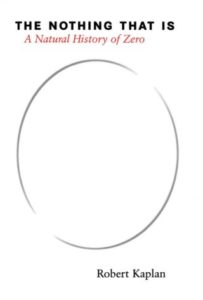 If the ancient Arab world had closed its gates to foreign travelers, we would have no medicine, no astronomy, and no mathematics — at least not as we know them today.
If the ancient Arab world had closed its gates to foreign travelers, we would have no medicine, no astronomy, and no mathematics — at least not as we know them today.
Central to humanity’s quest to grasp the nature of the universe and make sense of our own existence is zero, which began in Mesopotamia and spurred one of the most significant paradigm shifts in human consciousness — a concept first invented (or perhaps discovered) in pre-Arab Sumer, modern-day Iraq, and later given symbolic form in ancient India. This twining of meaning and symbol not only shaped mathematics, which underlies our best models of reality, but became woven into the very fabric of human life, from the works of Shakespeare, who famously winked at zero in King Lear by calling it “an O without a figure,” to the invention of the bit that gave us the 1s and 0s underpinning my ability to type these words and your ability to read them on this screen.
Mathematician Robert Kaplan chronicles nought’s revolutionary journey in The Nothing That Is: A Natural History of Zero (public library). It is, in a sense, an archetypal story of scientific discovery, wherein an abstract concept derived from the observed laws of nature is named and given symbolic form. But it is also a kind of cross-cultural fairy tale that romances reason across time and space
Kaplan writes:
If you look at zero you see nothing; but look through it and you will see the world. For zero brings into focus the great, organic sprawl of mathematics, and mathematics in turn the complex nature of things. From counting to calculating, from estimating the odds to knowing exactly when the tides in our affairs will crest, the shining tools of mathematics let us follow the tacking course everything takes through everything else – and all of their parts swing on the smallest of pivots, zero
With these mental devices we make visible the hidden laws controlling the objects around us in their cycles and swerves. Even the mind itself is mirrored in mathematics, its endless reflections now confusing, now clarifying insight.
[…]
As we follow the meanderings of zero’s symbols and meanings we’ll see along with it the making and doing of mathematics — by humans, for humans. No god gave it to us. Its muse speaks only to those who ardently pursue her.
With an eye to the eternal question of whether mathematics is discovered or invented — a question famously debated by Kurt Gödel and the Vienna Circle — Kaplan observes:
The disquieting question of whether zero is out there or a fiction will call up the perennial puzzle of whether we invent or discover the way of things, hence the yet deeper issue of where we are in the hierarchy. Are we creatures or creators, less than – or only a little less than — the angels in our power to appraise?
Like all transformative inventions, zero began with necessity — the necessity for counting without getting bemired in the inelegance of increasingly large numbers. Kaplan writes:
Zero began its career as two wedges pressed into a wet lump of clay, in the days when a superb piece of mental engineering gave us the art of counting.
[…]
The story begins some 5,000 years ago with the Sumerians, those lively people who settled in Mesopotamia (part of what is now Iraq). When you read, on one of their clay tablets, this exchange between father and son: “Where did you go?” “Nowhere.” “Then why are you late?”, you realize that 5,000 years are like an evening gone.
The Sumerians counted by 1s and 10s but also by 60s. This may seem bizarre until you recall that we do too, using 60 for minutes in an hour (and 6 × 60 = 360 for degrees in a circle). Worse, we also count by 12 when it comes to months in a year, 7 for days in a week, 24 for hours in a day and 16 for ounces in a pound or a pint. Up until 1971 the British counted their pennies in heaps of 12 to a shilling but heaps of 20 shillings to a pound.
Tug on each of these different systems and you’ll unravel a history of customs and compromises, showing what you thought was quirky to be the most natural thing in the world. In the case of the Sumerians, a 60-base (sexagesimal) system most likely sprang from their dealings with another culture whose system of weights — and hence of monetary value — differed from their own.
Having to reconcile the decimal and sexagesimal counting systems was a source of growing confusion for the Sumerians, who wrote by pressing the tip of a hollow reed to create circles and semi-circles onto wet clay tablets solidified by baking. The reed eventually became a three-sided stylus, which made triangular cuneiform marks at varying angles to designate different numbers, amounts, and concepts. Kaplan demonstrates what the Sumerian numerical system looked like by 2000 BCE:
This cumbersome system lasted for thousands of years, until someone at some point between the sixth and third centuries BCE came up with a way to wedge accounting columns apart, effectively symbolizing “nothing in this column” — and so the concept of, if not the symbol for, zero was born. Kaplan writes:
In a tablet unearthed at Kish (dating from perhaps as far back as 700 BC), the scribe wrote his zeroes with three hooks, rather than two slanted wedges, as if they were thirties; and another scribe at about the same time made his with only one, so that they are indistinguishable from his tens. Carelessness? Or does this variety tell us that we are very near the earliest uses of the separation sign as zero, its meaning and form having yet to settle in?
But zero almost perished with the civilization that first imagined it. The story follows history’s arrow from Mesopotamia to ancient Greece, where the necessity of zero awakens anew. Kaplan turns to Archimedes and his system for naming large numbers, “myriad” being the largest of the Greek names for numbers, connoting 10,000. With his notion of orders of large numbers, the great Greek polymath came within inches of inventing the concept of powers, but he gave us something even more important — as Kaplan puts it, he showed us “how to think as concretely as we can about the very large, giving us a way of building up to it in stages rather than letting our thoughts diffuse in the face of immensity, so that we will be able to distinguish even such magnitudes as these from the infinite.”
This concept of the infinite in a sense contoured the need for naming its mirror-image counterpart: nothingness. (Negative numbers were still a long way away.) And yet the Greeks had no word for zero, though they clearly recognized its spectral presence. Kaplan writes:
Haven’t we all an ancient sense that for something to exist it must have a name? Many a child refuses to accept the argument that the numbers go on forever (just add one to any candidate for the last) because names run out. For them a googol — 1 with 100 zeroes after it — is a large and living friend, as is a googolplex (10 to the googol power, in an Archimedean spirit).
[…]
By not using zero, but naming instead his myriad myriads, orders and periods, Archimedes has given a constructive vitality to this vastness — putting it just that much nearer our reach, if not our grasp.
Ordinarily, we know that naming is what gives meaning to existence. But names are given to things, and zero is not a thing — it is, in fact, a no-thing. Kaplan contemplates the paradox:
Names belong to things, but zero belongs to nothing. It counts the totality of what isn’t there. By this reasoning it must be everywhere with regard to this and that: with regard, for instance, to the number of humming-birds in that bowl with seven — or now six — apples. Then what does zero name? It looks like a smaller version of Gertrude Stein’s Oakland, having no there there.
Zero, still an unnamed figment of the mathematical imagination, continued its odyssey around the ancient world before it was given a name. After Babylon and Greece, it landed in India. The first surviving written appearance of zero as a symbol appeared there on a stone tablet dated 876 AD, inscribed with the measurements of a garden: 270 by 50, written as “27°” and “5°.” Kaplan notes that the same tiny zero appears on copper plates dating back to three centuries earlier, but because forgeries ran rampant in the eleventh century, their authenticity can’t be ascertained. He writes:
We can try pushing back the beginnings of zero in India before 876, if you are willing to strain your eyes to make out dim figures in a bright haze. Why trouble to do this? Because every story, like every dream, has a deep point, where all that is said sounds oracular, all that is seen, an omen. Interpretations seethe around these images like froth in a cauldron. This deep point for us is the cleft between the ancient world around the Mediterranean and the ancient world of India.
But if zero were to have a high priest in ancient India, it would undoubtedly be the mathematician and astronomer Āryabhata, whose identity is shrouded in as much mystery as Shakespeare’s. Nonetheless, his legacy — whether he was indeed one person or many — is an indelible part of zero’s story.
Kaplan writes:
Āryabhata wanted a concise way to store (not calculate with) large numbers, and hit on a strange scheme. If we hadn’t yet our positional notation, where the 8 in 9,871 means 800 because it stands in the hundreds place, we might have come up with writing it this way: 9T8H7Te1, where T stands for ‘thousand’, H for “hundred” and Te for “ten” (in fact, this is how we usually pronounce our numbers, and how monetary amounts have been expressed: £3.4s.2d). Āryabhata did something of this sort, only one degree more abstract.
He made up nonsense words whose syllables stood for digits in places, the digits being given by consonants, the places by the nine vowels in Sanskrit. Since the first three vowels are a, i and u, if you wanted to write 386 in his system (he wrote this as 6, then 8, then 3) you would want the sixth consonant, c, followed by a (showing that c was in the units place), the eighth consonant, j, followed by i, then the third consonant, g, followed by u: CAJIGU. The problem is that this system gives only 9 possible places, and being an astronomer, he had need of many more. His baroque solution was to double his system to 18 places by using the same nine vowels twice each: a, a, i, i, u, u and so on; and breaking the consonants up into two groups, using those from the first for the odd numbered places, those from the second for the even. So he would actually have written 386 this way: CASAGI (c being the sixth consonant of the first group, s in effect the eighth of the second group, g the third of the first group)…
There is clearly no zero in this system — but interestingly enough, in explaining it Āryabhata says: “The nine vowels are to be used in two nines of places” — and his word for “place” is “kha”. This kha later becomes one of the commonest Indian words for zero. It is as if we had here a slow-motion picture of an idea evolving: the shift from a “named” to a purely positional notation, from an empty place where a digit can lodge to “the empty number”: a number in its own right, that nudged other numbers along into their places.
Kaplan reflects on the multicultural intellectual heritage encircling the concept of zero:
While having a symbol for zero matters, having the notion matters more, and whether this came from the Babylonians directly or through the Greeks, what is hanging in the balance here in India is the character this notion will take: will it be the idea of the absence of any number — or the idea of a number for such absence? Is it to be the mark of the empty, or the empty mark? The first keeps it estranged from numbers, merely part of the landscape through which they move; the second puts it on a par with them.
In the remainder of the fascinating and lyrical The Nothing That Is, Kaplan goes on to explore how various other cultures, from the Mayans to the Romans, contributed to the trans-civilizational mosaic that is zero as it made its way to modern mathematics, and examines its profound impact on everything from philosophy to literature to his own domain of mathematics. Complement it with this Victorian love letter to mathematics and the illustrated story of how the Persian polymath Ibn Sina revolutionized modern science.
_______________________________________
 My name is Maria Popova — a reader, a wonderer, and a lover of reality who makes sense of the world and herself through the essential inner dialogue that is the act of writing. The Marginalian (which bore the unbearable name Brain Pickings for its first 15 years) is my one-woman labor of love, exploring what it means to live a decent, inspired, substantive life of purpose and gladness. Founded in 2006 as a weekly email to seven friends, eventually brought online and now included in the Library of Congress permanent web archive, it is a record of my own becoming as a person — intellectually, creatively, spiritually, poetically — drawn from my extended marginalia on the search for meaning across literature, science, art, philosophy, and the various other tendrils of human thought and feeling. A private inquiry irradiated by the ultimate question, the great quickening of wonderment that binds us all: What is all this? (More…)
My name is Maria Popova — a reader, a wonderer, and a lover of reality who makes sense of the world and herself through the essential inner dialogue that is the act of writing. The Marginalian (which bore the unbearable name Brain Pickings for its first 15 years) is my one-woman labor of love, exploring what it means to live a decent, inspired, substantive life of purpose and gladness. Founded in 2006 as a weekly email to seven friends, eventually brought online and now included in the Library of Congress permanent web archive, it is a record of my own becoming as a person — intellectually, creatively, spiritually, poetically — drawn from my extended marginalia on the search for meaning across literature, science, art, philosophy, and the various other tendrils of human thought and feeling. A private inquiry irradiated by the ultimate question, the great quickening of wonderment that binds us all: What is all this? (More…)
Go to Original – themarginalian.org
Tags: Food for thought - Editorial cartoon, History, India, Inspirational, Mathematics, Metaphysics, Middle East, Numbers, Philosophy, Science, Universe, Zero
DISCLAIMER: The statements, views and opinions expressed in pieces republished here are solely those of the authors and do not necessarily represent those of TMS. In accordance with title 17 U.S.C. section 107, this material is distributed without profit to those who have expressed a prior interest in receiving the included information for research and educational purposes. TMS has no affiliation whatsoever with the originator of this article nor is TMS endorsed or sponsored by the originator. “GO TO ORIGINAL” links are provided as a convenience to our readers and allow for verification of authenticity. However, as originating pages are often updated by their originating host sites, the versions posted may not match the versions our readers view when clicking the “GO TO ORIGINAL” links. This site contains copyrighted material the use of which has not always been specifically authorized by the copyright owner. We are making such material available in our efforts to advance understanding of environmental, political, human rights, economic, democracy, scientific, and social justice issues, etc. We believe this constitutes a ‘fair use’ of any such copyrighted material as provided for in section 107 of the US Copyright Law. In accordance with Title 17 U.S.C. Section 107, the material on this site is distributed without profit to those who have expressed a prior interest in receiving the included information for research and educational purposes. For more information go to: http://www.law.cornell.edu/uscode/17/107.shtml. If you wish to use copyrighted material from this site for purposes of your own that go beyond ‘fair use’, you must obtain permission from the copyright owner.
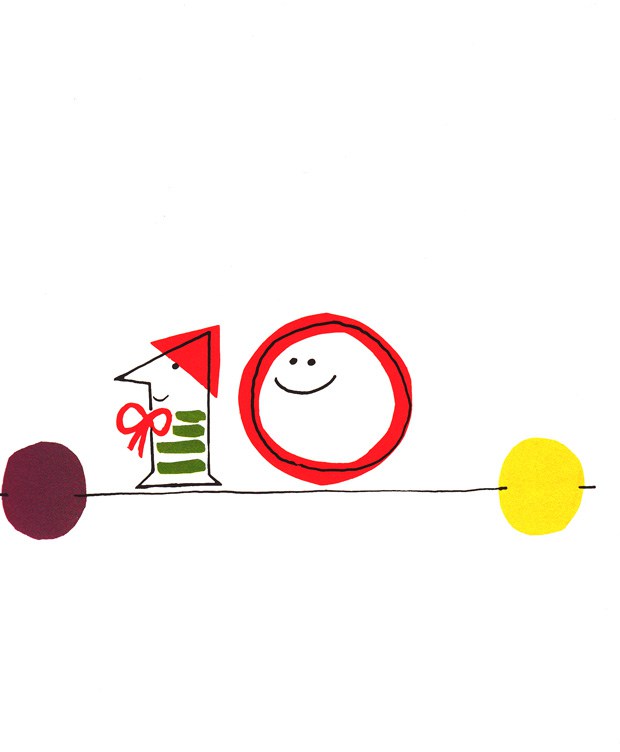
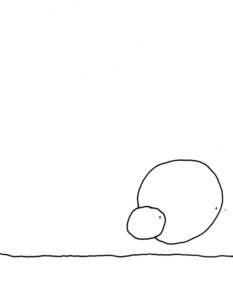
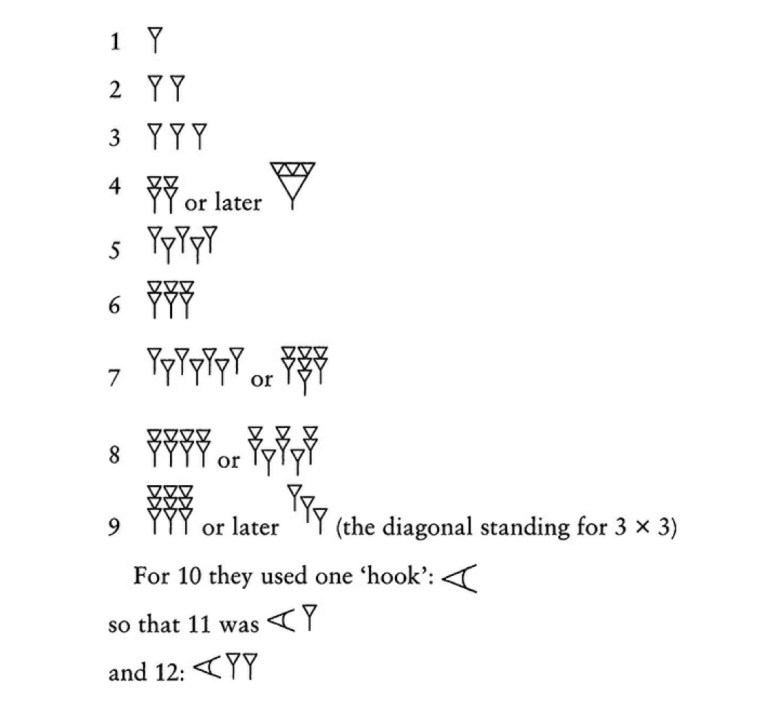
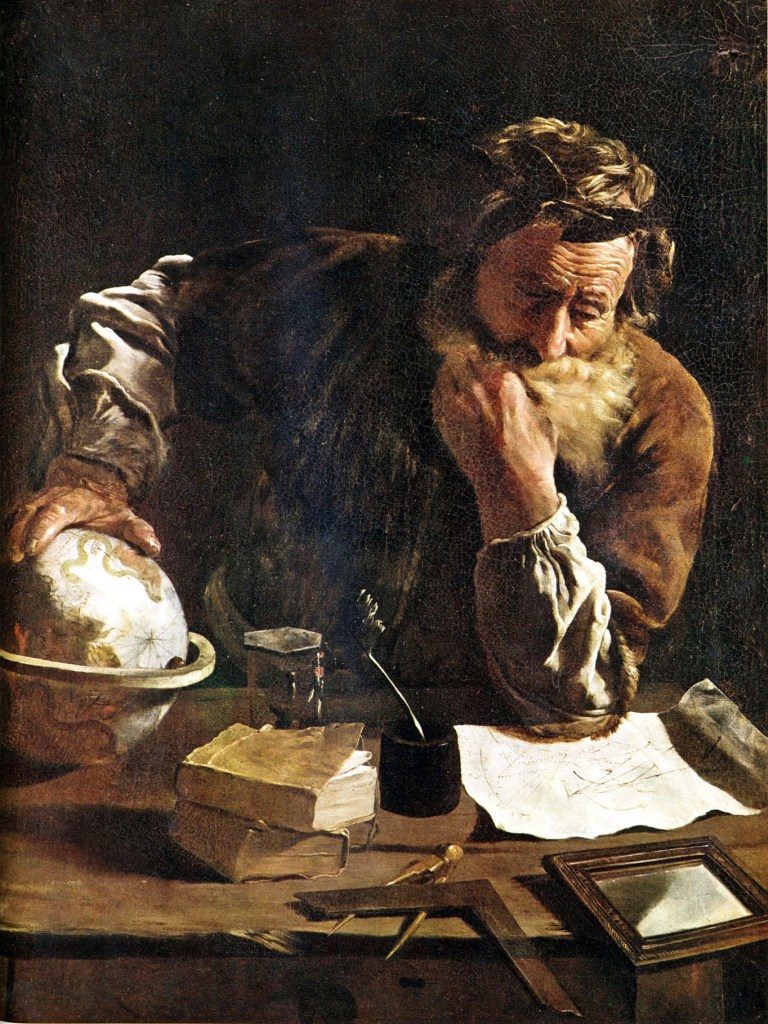
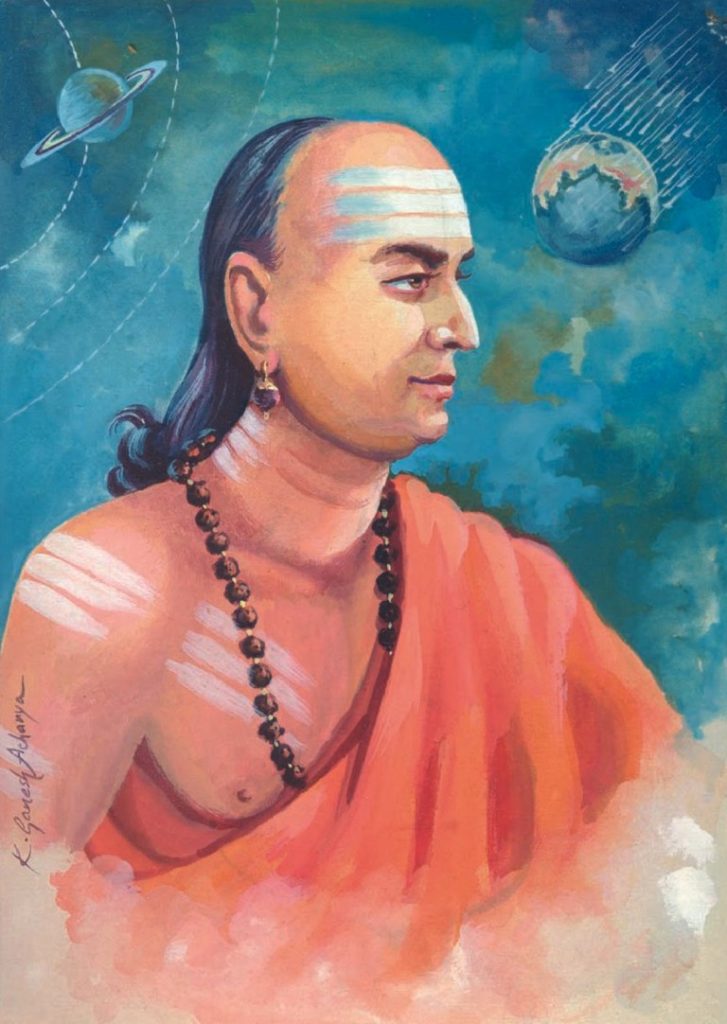
Dear Maria, do you have trouble with the word Persian? I am sad!